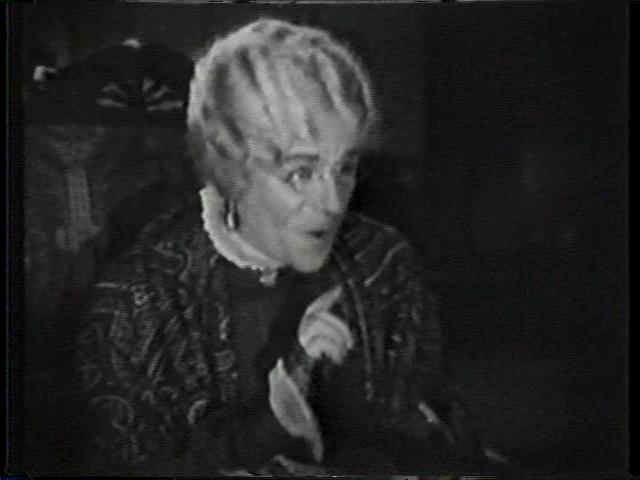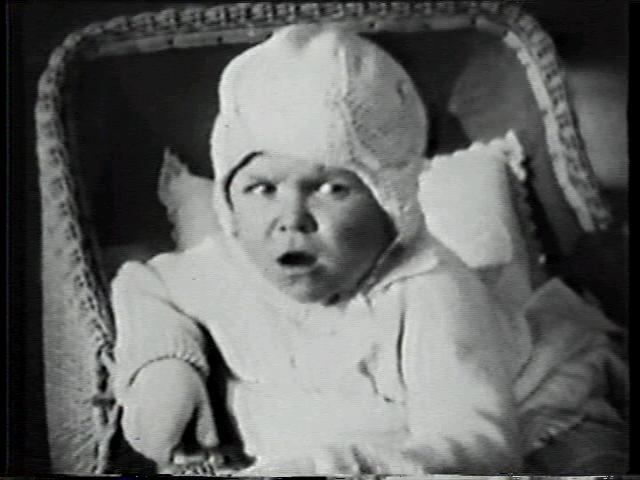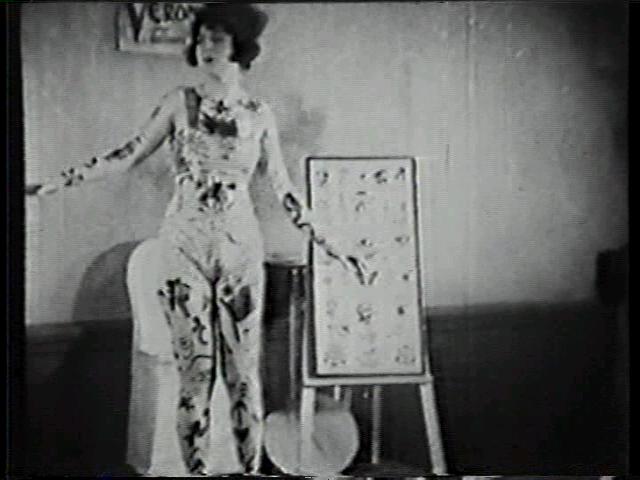Unholy Three, The (1925)
“There was an old woman who was a man, and two others — the Unholy Three.”
|
Synopsis: |
|
Genres, Themes, Actors, and Directors:
Review: While it’s not an entirely successful film, there is much to recommend about The Unholy Three: Earles is particularly creepy here (and more effective than in Freaks) as a twenty-year-old man who can easily pass as a squalling baby; and Lon Chaney turns in yet another stellar performance as both Echo and the stoop-backed, bespectacled “Granny O’Grady”. Unfortunately, however, some major flaws detract from the film’s overall impact. While the trio’s decision to open a parrot shop is a clever play on Echo’s ventriloquism skills, it’s ultimately a silly and contrived way to go about scamming money. In addition, meek shop assistant Hector (Matt Moore) plays an essential part in the film’s plot, yet his presence in the parrot shop doesn’t make logical sense. Finally, a giant chimpanzee emerges for no good reason at the end of the film, other than to kill a key character. Despite its problems, however, this remains an eminently watchable, well-acted thriller, one which showcases Browning’s unique vision, and is thus worth viewing at least once. Redeeming Qualities and Moments:
Must See? Categories
Links: |





One thought on “Unholy Three, The (1925)”
A once-must. As the years go by, silent films seem to be shown and talked about less and less. I rarely hear film fanatics mention silents. (TCM remains a champion of them.) To a degree, this is understandable–many of them require much patience just to get through. This version of “The Unholy Three’, however, is among the exceptions. Helmed by Chaney’s masterful performance–with solid support by McLaglen and esp. Earles (watching him pass himself off as a baby is priceless), this is, for a silent, an exciting if flawed and obviously creaky film. (It’s actually hilarious to see Chaney and Earles momentarily panic when they’re about to be caught out-of-‘character’.) I just watched this at TCM and it had a very fitting music score (the one thing that can vastly improve a silent film experience).